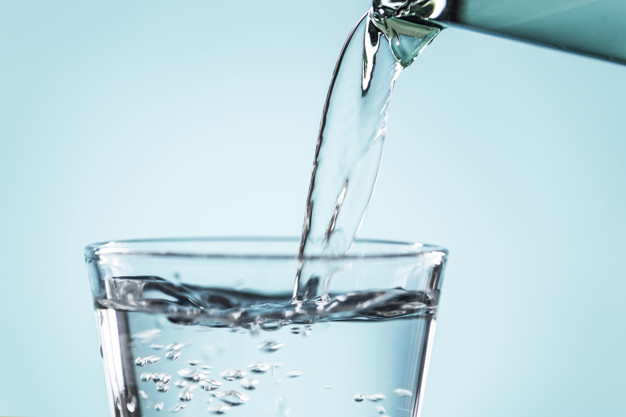As the process of urbanization accelerates, demand for clean drinking water is on the rise. It is not safe to use unclean tap water for drinking purposes. Since civic bodies generally don’t undergo reverse osmosis (RO) in their supply, the burden shifts on individual consumers. Direct tap water might contain pathogens like bacteria and viruses. These pathogens can cause diseases like cholera, typhoid, and jaundice. Nowadays, there is a vital need to install RO purifier in homes because of polluted water.
How does the process of RO purifier works?
Reverse Osmosis or RO is a process of eliminating chemical contaminants from water to make it fit for use. When the RO process is combined with UV filtration in a purifier, it can also eliminate all biological pathogens. The marker to determine the purity of water is TDS or Total Dissolved Solids. TDS particles are ultra-minute salts or compounds that are dissolved in water. TDS particles are not eliminated through the process of simple filtration, hence RO is required. WHO mandated level of TDS for safe drinking water is 300mg/liter. If water from your tap supply is above the level of 900mg/L, then it is highly polluted. In that case, you need to urgently install an RO purifier at home.
There are a few things to keep in mind before you decide to buy an RO purifier or if you already have one. These are the most common RO problems and solutions in India:
1. Taste and smell of the RO purifier water
If you experience that water filtered from your RO purifier is foul in smell or bad in taste, it means you need to replace the filters. Biofilm is an organic layer of organic and inorganic compounds that accumulate on the filters after long usage. It can cause a rise in the level of contaminants in the purified water.
The solution to this problem is to get the filters replaced. Typically, you need to replace the filters every twelve months for the efficient functioning of the RO purifier.
2. Water flow or pressure
If your RO is releasing water slower than it normally does, it might be because of low water pressure. Mandated minimum pressure for RO purifies is 40-60 PSI ( pounds per square inch). If it is lower than that, you might not be able to operate it properly. It can be because of malfunctioning or leakage in the bladder. To resolve this issue, you would need to replace the clogged filters with the help of RO service providers.
3. Functioning of RO purifier’s faucet
Sometimes you may experience a constant water leakage from the RO purifier’s faucet. This can be because of an ill-fitted O-ring around the faucet. O-ring is a soft rubber ring that prevents leakage of the water and keeps it intact. In this case, you would need to call RO service to either get the O-ring replaced or fixed tightly.
4. RO water tank taking too long to fill up
This is another common problem for the users of RO water purifiers. In this case, the purifier’s tank either doesn’t get filled up at all or fills up too slowly. This is because of unusually low water pressure,i.e, below 40-60 PSI. This can also be caused by a damaged or clogged filter membrane, as discussed above. To ensure proper pressure in the membrane, it needs to be replaced once a year. Alternatively, you might need to get a pump installed if low pressure is because of any other reason.
5. Unusual vibrations and noises in RO Purifier.
RO pump is the most common cause of this problem. The pump ensures the required amount of pressure in the membrane. After constant use over the time, RO pump can become noisy. It is because one of its parts, bearings, vibrate at a very high speed to maintain a constant amount of pressure. These vibrations and friction can cause wear and tear in other parts of the RO purifier as well. To resolve this issue, you need to call the RO service provider to identify the exact problem and resolve it for you. Typically they might need to replace the RO pump if it has been a long time since the last servicing.
6.Wastewater volume is in excess
This common issue again causes clogged or damaged membranes in the filter. The rejected water from the RO purifier contains a high amount of TDS and contaminants. This forms an integral part of the functioning of a RO water purifier. The solution to this problem is regular maintenance and service of the RO purifier. In this case, also, you would need to get the filter membrane replaced for the efficient functioning of the RO water purifier.
What is key to know and understand is that your RO is the first line of protection when it comes to your daily water needs. Therefore, call for an RO service at regular intervals. OneDios app is a one-stop shop for all your RO service or AMC-related issues and queries, without having to call various people or seek phone numbers. We aim to offer a top-class professional facility for repair, fitting, and RO service work. OneDios app makes it simple for the consumer to avail of the post-sales services without any difficulties. It also keeps the track of your RO service in the past and if any part was replaced. At OneDios, you can also schedule the next RO service in advance. OneDios now covers over 1350+ cities in India.
